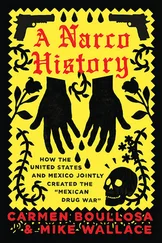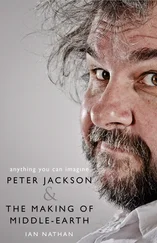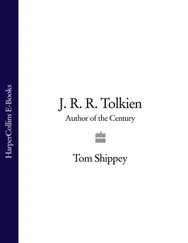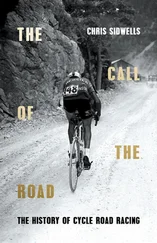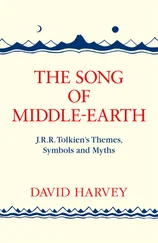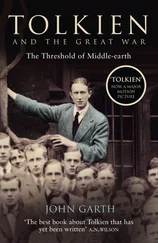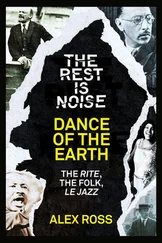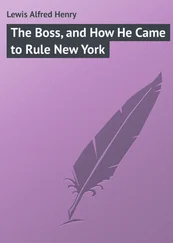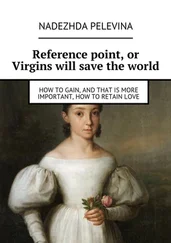Meanwhile some unmistakable wides have also been called: in my allegorisation of ‘Leaf by Niggle’, I should not have written ‘his “Tree” = The Lord of the Rings ’, but have put down something much more extensive; despite p. 87, Sauron was not part of Tolkien’s ‘subsequent inspiration’ but there already; while on p. 308, writing ‘There is, in a way, no more of “Middle-earth” to consider’ was just tempting Providence. Even more significantly, my 1982 discussion of ‘depth’ in Tolkien, was extensively answered by Christopher Tolkien a year later in his ‘Foreword’ to The Book of Lost Tales, Part 1 , pp. 1–5, with a further note in Part 2 , p. 57. It is clear that all my discussions of Tolkien were affected by reading his works (as almost everyone does) in order of publication, not order of composition. It is a temptation to try to remedy this retrospectively, but I have not done so. Studying Tolkien’s fiction as it developed in his own mind, possible now as it was not in 1982, would be a different book. In general, then, I am happy to stand by what I published in 1982, and again in 1992, remembering the data I had, and expanding or updating wherever necessary.
Yet I do turn back to the letter Professor Tolkien wrote to me on April 13th, 1970, charmingly courteous and even flattering as it was from one at the top of his profession to one then at the bottom (‘I don’t like to fob people off with a formal thanks … one of the nearest to my heart, or the nearest, of the many I have received … I am honoured to have received your attention’). And yet, and yet … What I should have realised – perhaps did half-realise, for I speak the dialect myself – was that this letter was written in the specialised politeness-language of Old Western Man, in which doubt and correction are in direct proportion to the obliquity of expression. The Professor’s letter had invisible italics in it, which I now supply. ‘I am in agreement with nearly all that you say, and I only regret that I have not the time to talk more about your paper: especially about design as it appears or may be found in a large finished work, and the actual events or experiences as seen or felt by the waking mind in the course of actual composition ’ . It has taken me thirty years (and the perusal of fifteen volumes unpublished in 1970) to see the point of the italics. Tolkien, however, closed his letter to me with the proverb: ‘Need brooks no delay, yet late is better than never?’ I can only repeat his saying, question-mark and all.
CHAPTER 1 ‘LIT. AND LANG.’
Old Antipathies
‘This is not a work that many adults will read right through more than once.’ With these words the anonymous reviewer for the Times Literary Supplement (25 November 1955) summed up his judgement of J. R. R. Tolkien’s The Lord of the Rings. 1 It must have seemed a pretty safe prophecy at the time, for of course very few adults (or children) read anything right through more than once, still less anything as long as The Lord of the Rings. However it could not have been more wrong. This did not stop critics continuing to say the same thing. Six years later, after the three separate volumes had gone through eight or nine hardback impressions each, Philip Toynbee in the Observer (6 August 1961) voiced delight at the way sales, he thought, were dropping. Most of Professor Tolkien’s more ardent supporters, he declared, were beginning to ‘sell out their shares’ in him, so that ‘today these books have passed into a merciful oblivion’. Five years afterwards the authorised American paperback edition of The Lord of the Rings was moving rapidly past its first million copies, starting a wave which never receded even to the more-than-respectable levels of 1961; and which has been revived in the 21st century to levels Toynbee could not have dreamed of.
The point is not that reviewers make mistakes (something which happens too often to deserve comment). It is that they should insist so perversely in making statements not about literary merit, where their opinions could rest undisprovable, but about popular appeal, where they can be shown up beyond all possibility of doubt. Matters are not much better with those critics who have been able to bring themselves to recognise the fact that some people do like Tolkien. Why was this ‘balderdash’ so popular, Edmund Wilson asked himself, in The Nation (14 April 1956). Well, he concluded, it was because ‘certain people – especially, perhaps, in Britain – have a life-long appetite for juvenile trash’. Some twenty-five years before the same critic had delivered a little homily on the subject of intolerant responses to new fictions, in his book Axel’s Castle :
it is well to remember the mysteriousness of the states with which we respond to the stimulus of works of literature and the primarily suggestive character of the language in which these works are written, on any occasion when we may be tempted to characterise as ‘nonsense’ ‘balderdash’ or ‘gibberish’ some new and outlandish-looking piece of writing to which we do not happen to respond. If other persons say they do respond, and derive from doing so pleasure or profit, we must take them at their word. 2
A good rule, one must admit! But Mr Wilson had evidently forgotten it by the time he came to read The Lord of the Rings: or perhaps every time he said ‘we’ in the passage just quoted, he really meant ‘you’.
Very similar play is made with pronouns in C. N. Manlove’s Modern Fantasy (1975), a book dedicated to the thesis that no work of modern fantasy has remained ‘true to its original vision’ but one which like Edmund Wilson’s review does at least confront the problem of Tolkienian popularity – of course much more evident in 1975 than 1956. Dr Manlove also thinks that the whole thing might be mere national aberration, though he prefers to blame the United States and ‘the perennial American longing for roots’. Or could it all be due to mere length?
Doubtless there is such a thing as the sheer number of pages the reader has had to turn that can add poignancy to the story – one almost feels this is the case as we come to the great close of Malory’s epic. But not with Tolkien’s book, for we have never been very much involved anyway. 3
Who are ‘we’? Readers of Modern Fantasy ? Readers of The Lord of the Rings ? There is no sensible answer to the question. For all the display of scholarly reflection this is, just like the bits from Messrs Toynbee and Wilson and the TLS reviewer, once more the criticism of blank denial. Some people may like reading Tolkien – after fifty years and scores of millions of readers the point is nowadays usually grudgingly conceded – but they are wrong to do so, and whoever they are, they are not ‘us’! Tolkien’s ‘mission as a literary preservationist’ declared Judith Shulevitz in the New York Times Book Review (22nd April, 2001, p. 35) has turned out to be ‘death to literature itself’.
In an exasperated kind of way Tolkien would, I think, have been particularly delighted to read Dr Manlove’s essay, and probably (see below) Ms. Shulevitz’s review as well. He had run into criticism like Manlove’s before, indeed it is a major theme of his tauntingly-titled British Academy lecture of 1936, ‘Beowulf : the Monsters and the Critics’. The critics he had in mind were critics of Beowulf , but they were saying pretty much the same thing as Manlove on Tolkien: Beowulf didn’t work, just like The Lord of the Rings , it was intrinsically silly, and ‘we’ weren’t involved with it. ‘Correct and sober taste’ Tolkien wrote, ‘may refuse to admit that there can be an interest for us – the proud we that includes all intelligent living people – in ogres and dragons; we then perceive its puzzlement in face of the odd fact that it has derived great pleasure from a poem that is actually about these unfashionable creatures’ (‘Monsters’ p. 257). Tolkien had not, in 1936, realised how quickly ‘correct and sober taste’ could stamp ‘puzzlement’ out, and ‘pleasure’ along with it. However, for the rest he might just as well have been writing about responses to his own fiction. No doubt he would have felt honoured, in a way, to find himself as well as the Beowulf-poet driving critics to take refuge in threadbare and hopeless ‘we’s’.
Читать дальше

